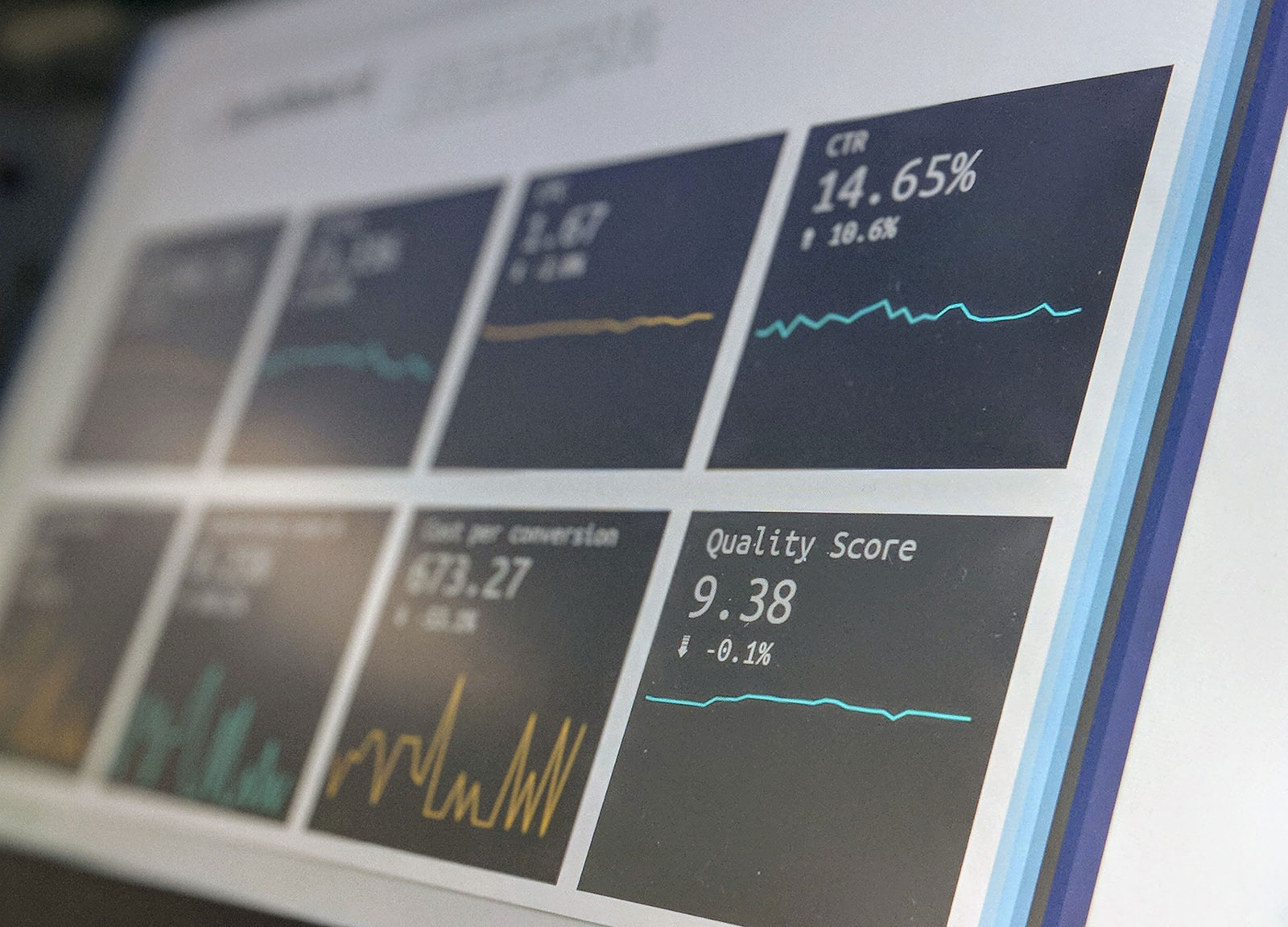November 11, 2018
The Power of Data-Driven Design

As a designer and creative professional, I haven’t always been a fan of data. In the early stages of my design career, I thought data was boring and viewed it as a potential roadblock to creativity. Data reminded me of math class, which I thought was the polar opposite of design school.
Dealing with data was only marginally better than being told to “make the logo bigger.” I have vivid memories of trying to create a clean and minimal design, while at the same time including large amounts of text in order to meet a certain keyword density. Or being told to make the button big, green, and bold to increase conversions. Yuck.
As I gained experience over the years, I learned that data could actually provide a valuable framework from which to make design-related decisions, especially when it came to UX. After all, I was not the target user, and it was important to understand what target users needed in order to create a compelling design. As my outlook on data gradually warmed, I noticed the quality and effectiveness of my user interface designs greatly improved. Maybe data wasn’t so bad after all!
Fast forward to the present – I now realize just how wrong I was about data and how incredibly connected design and data need to be. This is especially apparent when you consider the relationship between branding, web design, and digital marketing – specifically search engine optimization. A balance between the creative-focus and the conversion-focus is extremely important, as with any rule, there are often exceptions. To illustrate, consider the following hypothetical example:
Say Company X has a strong brand and is known for their color palette of vibrant blues. But, A/B testing indicates that users are more likely to convert if the buttons are changed to green. Changing the buttons to green may increase conversions, but at the risk of diluting the company’s brand. Unfortunately, in scenarios like this, it’s not black and white (no pun intended) and the best solution isn’t always cut and dry. In cases like these, various solutions may need to be tried, tested, revised and re-tested to determine the best plan of attack.
These days, data is being gathered and researched at a breakneck pace and UX designers can be bombarded with all sorts of requests that sometimes negatively impact the design aesthetic of the user interface and/or contradict a client’s brand standards.
So what’s the solution? As with so many things, the answer lies in teamwork and collaboration between all involved parties.
At Push10, we’ve worked with a variety of digital marketing agencies and have become quite adept at striking the ideal balance between form and function. We use data as a guide to make strategic decisions that result in aesthetically appealing user interface designs that stay true to our clients’ brands, but still drive the user to engage. Along the way, we’ve learned the following lessons:
1. Don’t ignore SEO best practices.
Launching a beautiful website that doesn’t incorporate sound SEO principles is a bit like erecting a billboard in a forest. It might be an award-winning billboard but it’s worthless if nobody sees it. Likewise, a website that doesn’t rank well in SERPs won’t receive ample traffic to make an impact.
2. Don’t be a slave to SEO best practices.
Just as you shouldn’t ignore research or data provided by digital marketing firms, designers shouldn’t become slaves to it either. If research indicates that users are more likely to click on a spinning GIF, should you include a bunch of spinning GIFs on your website? No. The damage it would inflict on your brand image may be difficult to track and quantify, but that doesn’t mean it’s not very, very real.
3. A little preliminary collaboration can prevent big problems later.
When we’re working with third-party research or marketing firms, it’s important that we collaborate in the earliest stages of the web design process. This way, valuable research can be combined with our creative ideas and incorporated from the get-go to form a sound strategy from the ground up. SEO firms should be aware of a client’s brand promise and should avoid making recommendations that may tarnish the brand. Likewise, design firms should be flexible and learn to make design decisions based on research and data. Perhaps a page needs 300 words to rank well. But perhaps all that extra copy could be placed below the fold as to keep the UI clean and polished. Win, win.
At the end of the day, the best design firms must have a strong understanding and appreciation for digital marketing, even if it sometimes makes for creative challenges. Likewise, the best digital marketing firms must have a strong understanding and appreciation for branding and design, even though it might be more difficult to quantify. As our world continues to become increasingly digital, the amount of research and resulting wave of user data will continue to grow. And that’s a good thing! Smart, skilled designers will continue to evolve and uncover ways to use all this information as an asset to provide the best results for their clients.

